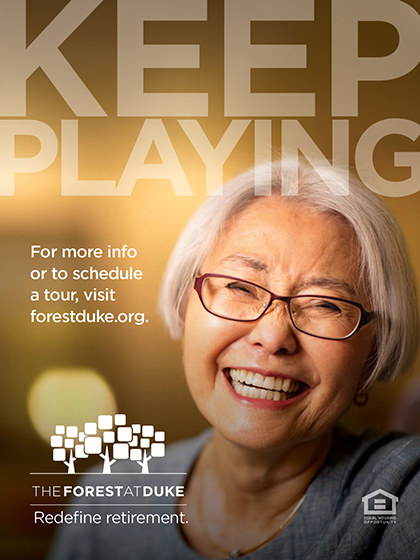Variations on an Original Theme, Op. 36, “Enigma Variations”
Edward Elgar (1857-1934)
THE STORY
By the time English composer Edward Elgar reached his forties, he had found limited success as a composer, making a modest living by teaching and doing copywork for a music publisher. After a particularly long day of instructing students, Elgar sat at the piano and began playing for his wife, Alice. Her interest was captured by a melody he conjured; for her amusement, he began improvising on the theme, embodying different members of their group of friends. Eventually the composer created a set of variations for orchestra, each based on one of his friends—a project that began “in a spirit of humor, and continued in deep seriousness.”
The subtitle “Enigma” refers to a theme that Elgar hinted at but never explained. Some believe the Enigma refers to the mysterious way in which the piece’s principal melody came to him that first evening; others believe that there is an actual melody, hidden by the composer somewhere within the variations.
When the work was premiered in London on June 18, 1899, Elgar was catapulted to instant fame. The dedication inscribed on the score reads: “To my friends pictured within.”
LISTEN FOR
- The original theme that opens the work, and from which all fourteen variations are derived
- The hauntingly beautiful first variation, C.A.E., in which Elgar pays homage to his partner: Caroline Alice Elga
- The timpani in the fourth variation—titled W.M.B. after Elgar’s friend William Meath Baker—which uses the timpani to depict William’s bombastic nature, especially his propensity for slamming doors
- The viola section in the sixth variation, Ysobel, paying tribute to Isabel Fitton—an amateur violist with whom Elgar enjoyed playing chamber music
- The gorgeous, sweeping theme in the work’s most famous variation, titled Nimrod, which depicts Elgar’s best friend, August Jaeger
INSTRUMENTATION
Piccolo, two flutes, two oboes, two clarinets, two bassoons, contrabassoon, four horns, three trumpets, three trombones, tuba, timpani, percussion, organ, strings

